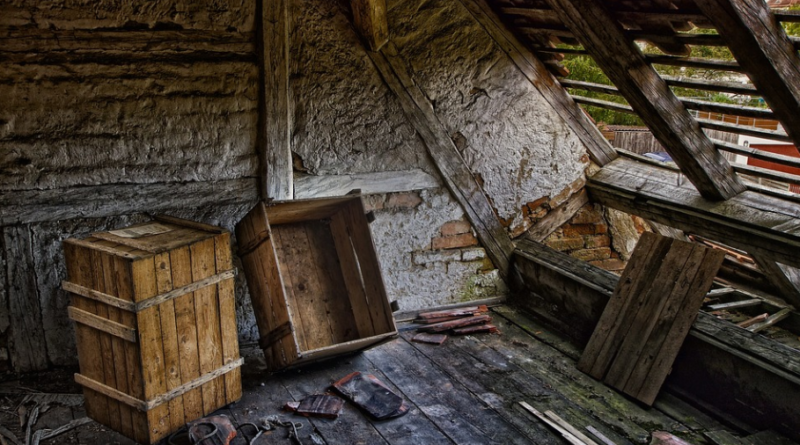Five Things You Can Do With Waste Wood
Recycling is important if we want our planet to survive. A lot of wood is grown, cut, used, and then thrown. Wood is not something that can ever be utterly useless. You can do a lot with it, whether for personal projects or professional reasons.
If you have some waste wood and are wondering what could be its best use, here are some ideas that can also make you good money.
Use for Building Material
Construction is always happening in all urban and rural areas, and wood is an important part of it. In addition to wooden doors, there are wooden walls, ceilings, and even floors. Some of these things, like floors, require hardwood planks, but others don’t.
You can grind the waste wood, create chip wood boards, and sell them commercially. If you are thinking about doing this professionally, you will need horizontal grinder equipment. Find one with great features and quality material, and get started with your idea. You can always resell the equipment if you later realize this is not your cup of tea.
Pulp for Paper
Paper is not obsolete yet. Most people still prefer to read and write on a page instead of computers. All books are published on paper, and students and professionals still use notebooks. There is a huge industry out there if you want to reuse your wasted wood.
You will have to turn the wood into pulp and then into paper. This will also require some pieces of machinery and technical skills, but you get a lot more paper from a little piece of wood than you might have imagined.
Picture Frame
If you don’t want to invest in machinery, you can start a business with a simple hammer, nails, and glue. Picture frames are still much in demand, and people are always looking for new designs. You can cut that wasted wood and put it together in the form of a frame and install glass on top. Several unique design ideas for picture frames on the internet are royalty-free.
Beds
If you have some larger pieces of wood, you can make a bed out of them and sell for a high price. Beds are expensive, and ones with unique designs cost even more. People won’t mind that it was of leftover wood as long as it’s strong and beautiful.
You will need a strong base and technical knowledge of a carpenter for this, but there isn’t any need for heavy machines. You will need some tools to make your job easier, but they are not very expensive.
Pulp for Paper
Paper is not obsolete yet. Most people still prefer to read and write on a page instead of computers. All books are published on paper, and students and professionals still use notebooks. There is a huge industry out there if you want to reuse your wasted wood.
You will have to turn the wood into pulp and then into paper. This will also require some pieces of machinery and technical skills, but you get a lot more paper from a little piece of wood than you might have imagined
Bookcases
You can create bookcases from small pieces of wood without having to grind or pulp it. You might need some healthy and larger planks for the base, but that also depends on the size of your project. Bookcases are used for interior design whether they have books on them or not. If you can manage to turn wasted wood into a beautiful bookcase, you won’t have trouble selling it.
Benefits of Upcycling and Reusing Waste Wood
There are many benefits to upcycling and reusing waste wood in construction. Perhaps the most obvious benefit is that it helps to reduce the amount of waste that goes to landfill. Every year, construction and demolition projects generate millions of tonnes of waste, much of which ends up in landfill. By reusing or recycling this waste wood, we can help to reduce the environmental impact of construction projects.
Upcycling and reusing waste wood can also have economic benefits. It can help to save money on construction costs, as well as creating new jobs in the recycling and upcycling industry. In addition, using recycled or upcycled materials can help to create a more sustainable building, which may be important for obtaining planning permission or attracting funding.
Finally, upcycling and reusing waste wood can have social benefits. It can help to engage local communities in construction projects, as well as providing training and employment opportunities for people who may otherwise struggle to find work.




